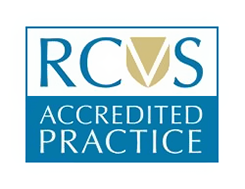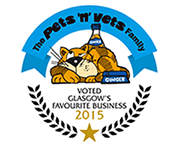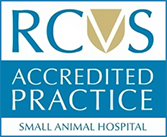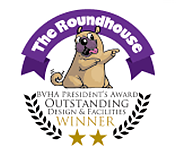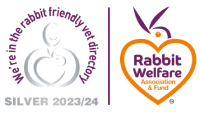Eight out of ten dogs, according to research, have trouble adjusting to being alone. Yet, half won't exhibit any overt symptoms, making it easy for owners to overlook.
Behavioural issues due to separation anxiety in dogs
In certain dogs, behaviours related to separation are a result of boredom caused by insufficient physical and mental stimulation. On the other hand, for some dogs, separation-related behaviours and anxiety run deeper. Emotional attachment plays a significant role, causing fear, frustration and anxiety when the person they are attached to leaves. As time passes, they might begin to anticipate the specific behaviours and environmental changes that precede the person's departure, displaying anxious behaviours even before it occurs.
There are several signs that may show that your dog is stressed, which include:
-excessive panting
-tail between legs
-lip licking
-ears pinned back
-paw raises
-yawning
-pacing
-barking/howling/whining
-destructive behaviour like scratching & chewing on furniture or objects.
Noticing these signs? Book an appointment today at Pets'n'Vets in Glasgow.
The ‘pandemic puppy’
A rise in pet ownership was seen during the Covid pandemic, but with this came a trend in unwanted behaviour or separation anxiety in dogs. With puppy training sessions inaccessible for dogs or little chance for socialisation, dogs, especially puppies, experienced living in close proximity to their families in the first few months they came home. These early months are crucial for implementing positive practices and training with your puppy. Used to the safe environment of the home, dogs that are left alone are more likely to experience separation anxiety or travelling and socialisation could cause anxiety.
Read the BBC article about the pandemic puppy here.
Tips for pet owners
Toys and stimulation- Make sure your dog has engaging activities to do when you're not around. When you are going to be gone, you may offer your dog a durable chew, like a treat ball, a meat-flavoured chew or a stuffed chew toy.
Prepare before leaving them- Attempt to walk your dog before heading out, giving them a chance to relieve themselves and get some exercise. Come back thirty minutes prior to your departure and ensure they are not hungry. You can provide a small meal before leaving or leave a food toy; a fed dog is more likely to stay relaxed in your absence!
Reduce disturbances- Certain dogs may bark when they see or hear other people or dogs passing by their window or in response to external noises. To minimize disruptions and barking, consider closing the curtains to limit your dog's view. Leaving them in a quiet room. Turning on the radio to mask outside sounds.
Dog sitter- It’s preferable not to leave your dog unattended for over four hours, especially for puppies who may require even less time alone. If your dog experiences anxiety when left alone, they might start feeling uneasy within minutes of your departure or even before you leave.
Engaging a dog sitter or a dog walking service ensures that someone can provide companionship and take your dog for a walk. This approach effectively helps alleviate the stress they may experience in your absence.
Overcoming separation anxiety in dogs
Investing time in your dog's training can help with positive and longer-lasting outcomes. Start by prompting your dog to go to their bed and remain there briefly while you are present. Reward your dog for staying calm in their bed.
Instruct your dog to stay as you step away. When you return, reward them. Be mindful that your return should not be overly exciting, as this might lead to your dog becoming overly excited in anticipation of your return.
Continue this routine by gradually increasing the distance and duration each time. The specific increments will depend on your dog's comfort level. If your dog reacts or moves during the process, refrain from rewarding them, and importantly, avoid punishing them.
Advance the training by progressing to leaving the room before returning. Subsequently, extend the duration by going out, shutting the door behind you and remaining outside for gradually longer periods. Once you reach this stage, introduce variability in the length of time you spend outside to reinforce your dog's ability to stay calm and relaxed in various scenarios.
Need help with your dog’s anxiety? Speak to Pets'n'Vets in Glasgow today!
If you notice indications that your dog may be experiencing anxiety, contact us to find out how we can help you and your dog for a happy and healthy lifestyle.


